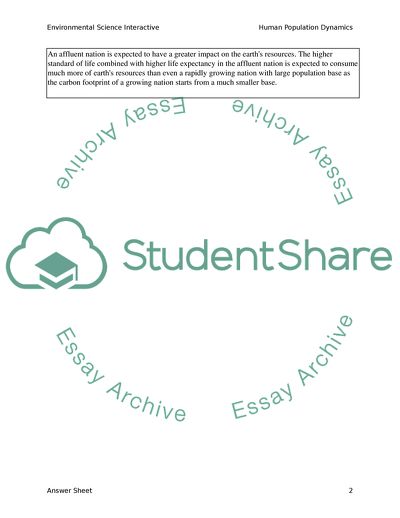Cite this document
(Human Population Dynamics Assignment Example | Topics and Well Written Essays - 3250 words - 1, n.d.)
Human Population Dynamics Assignment Example | Topics and Well Written Essays - 3250 words - 1. https://studentshare.org/environmental-studies/1719671-lab-2
Human Population Dynamics Assignment Example | Topics and Well Written Essays - 3250 words - 1. https://studentshare.org/environmental-studies/1719671-lab-2
(Human Population Dynamics Assignment Example | Topics and Well Written Essays - 3250 Words - 1)
Human Population Dynamics Assignment Example | Topics and Well Written Essays - 3250 Words - 1. https://studentshare.org/environmental-studies/1719671-lab-2.
Human Population Dynamics Assignment Example | Topics and Well Written Essays - 3250 Words - 1. https://studentshare.org/environmental-studies/1719671-lab-2.
“Human Population Dynamics Assignment Example | Topics and Well Written Essays - 3250 Words - 1”. https://studentshare.org/environmental-studies/1719671-lab-2.


